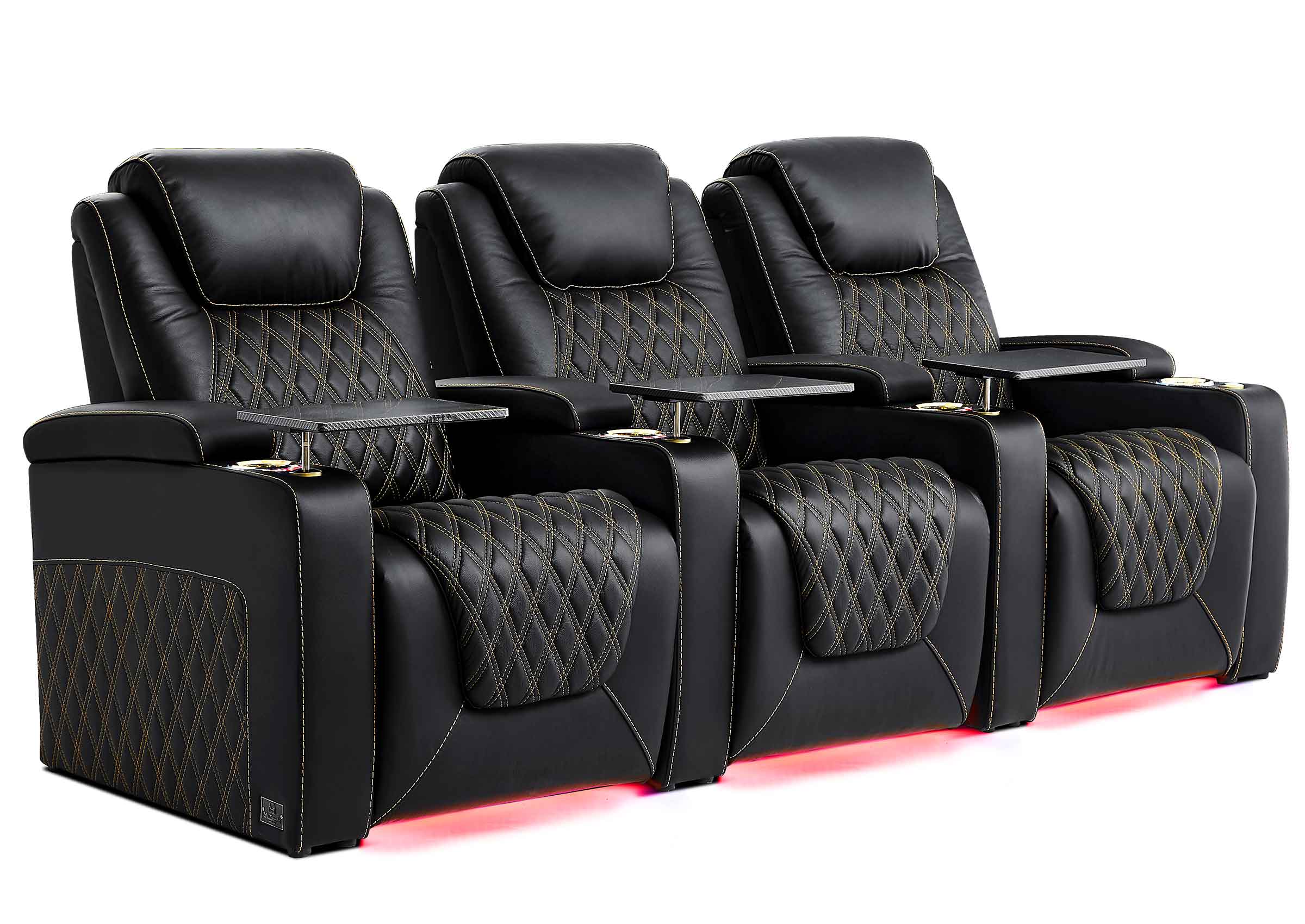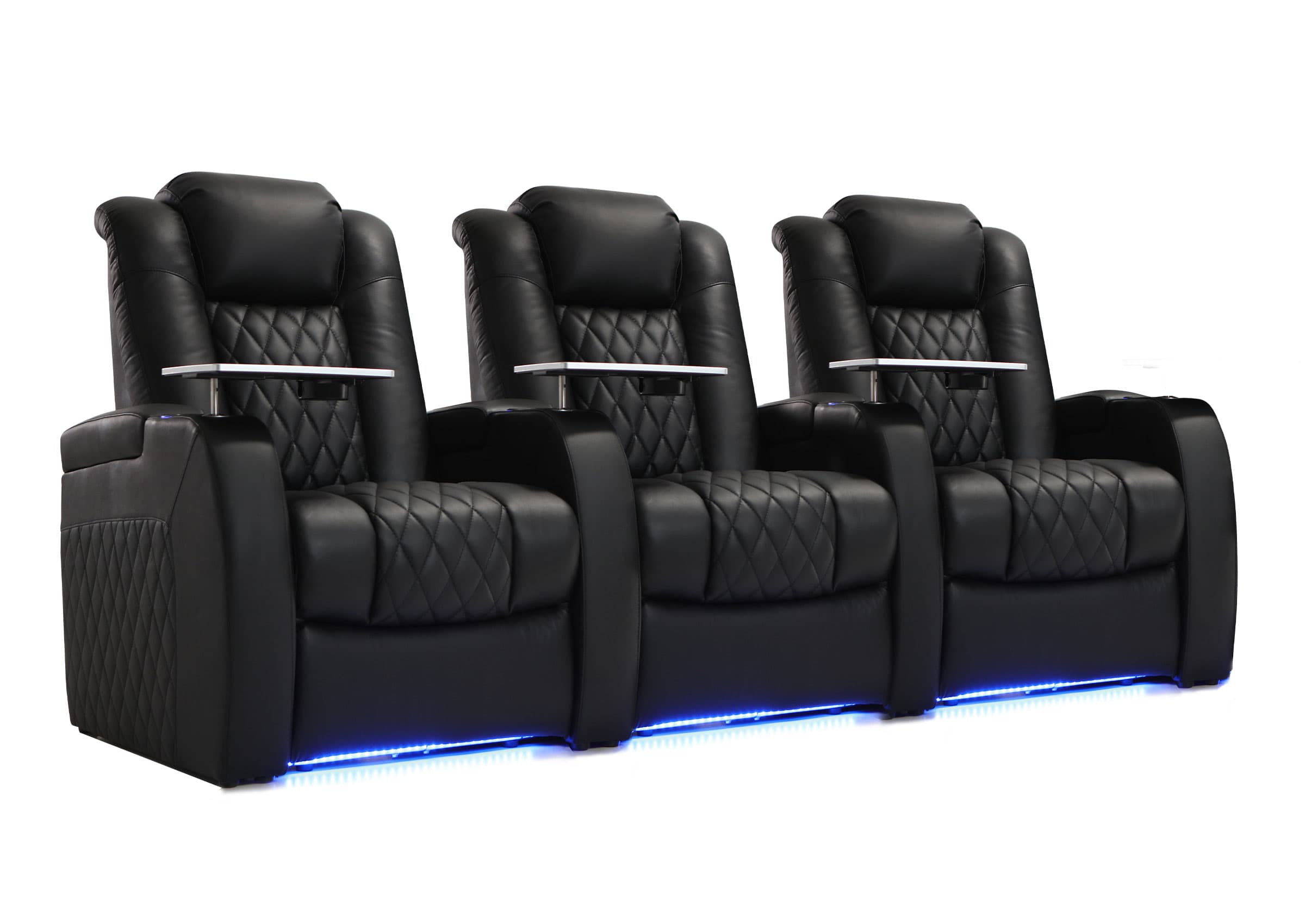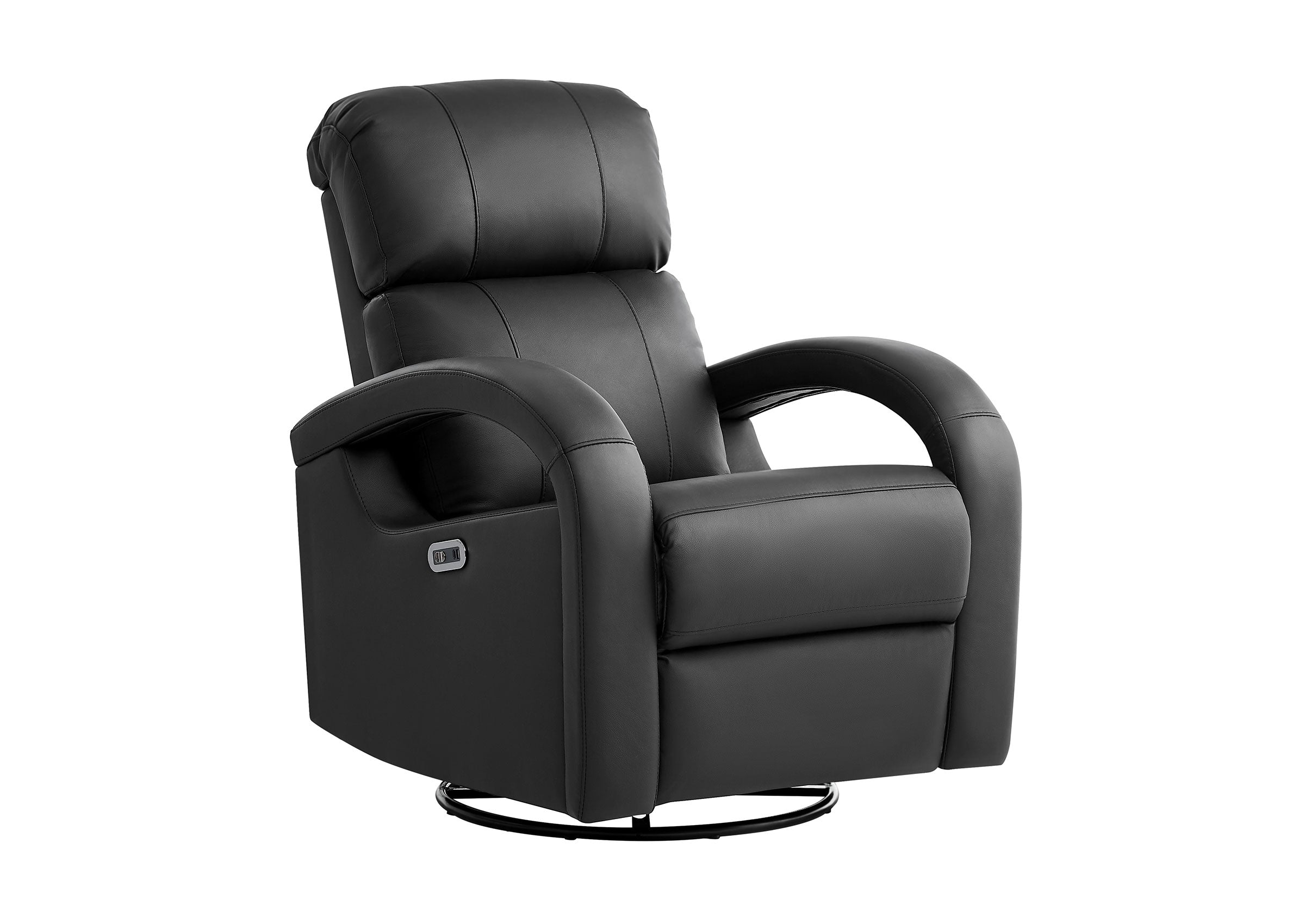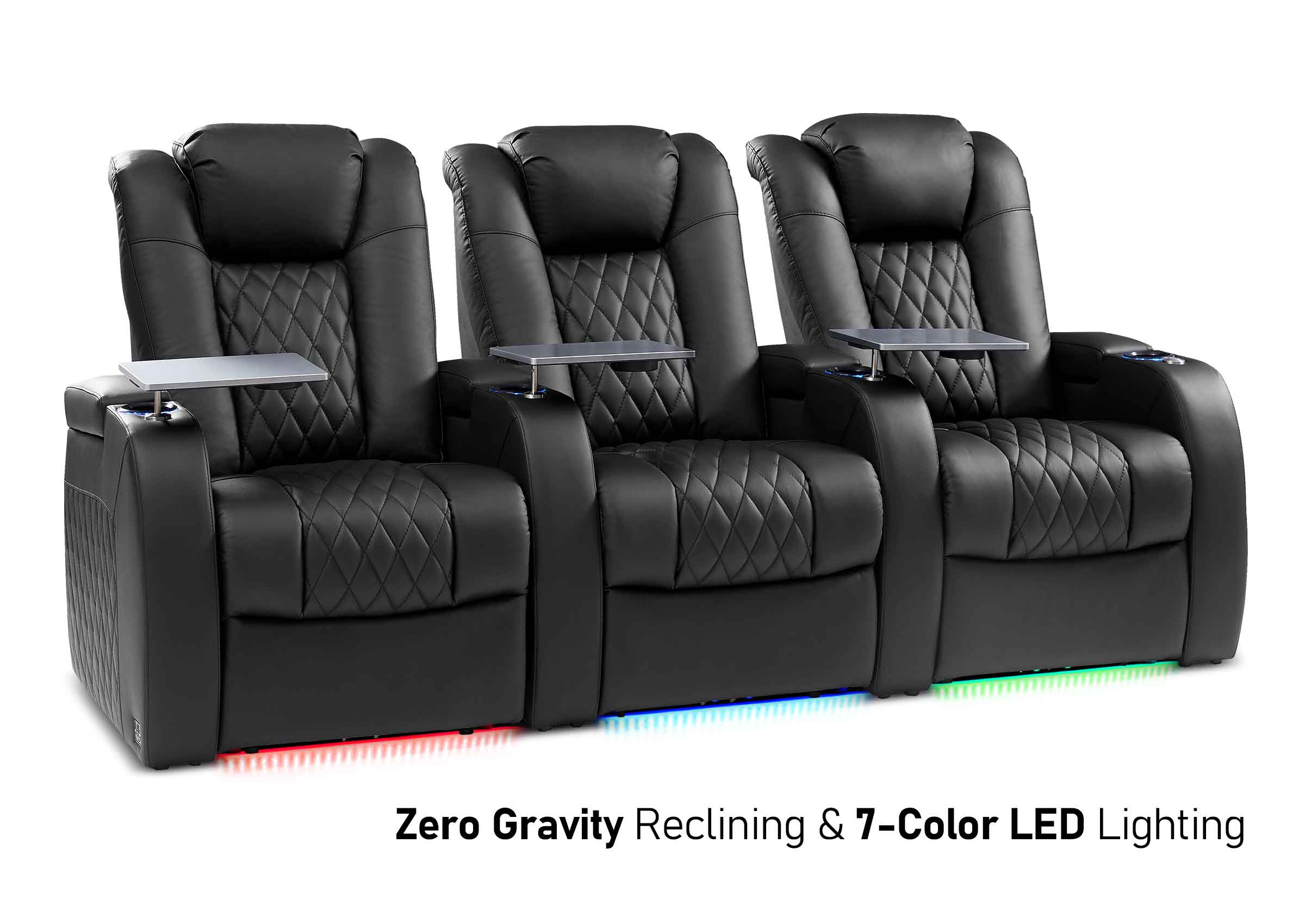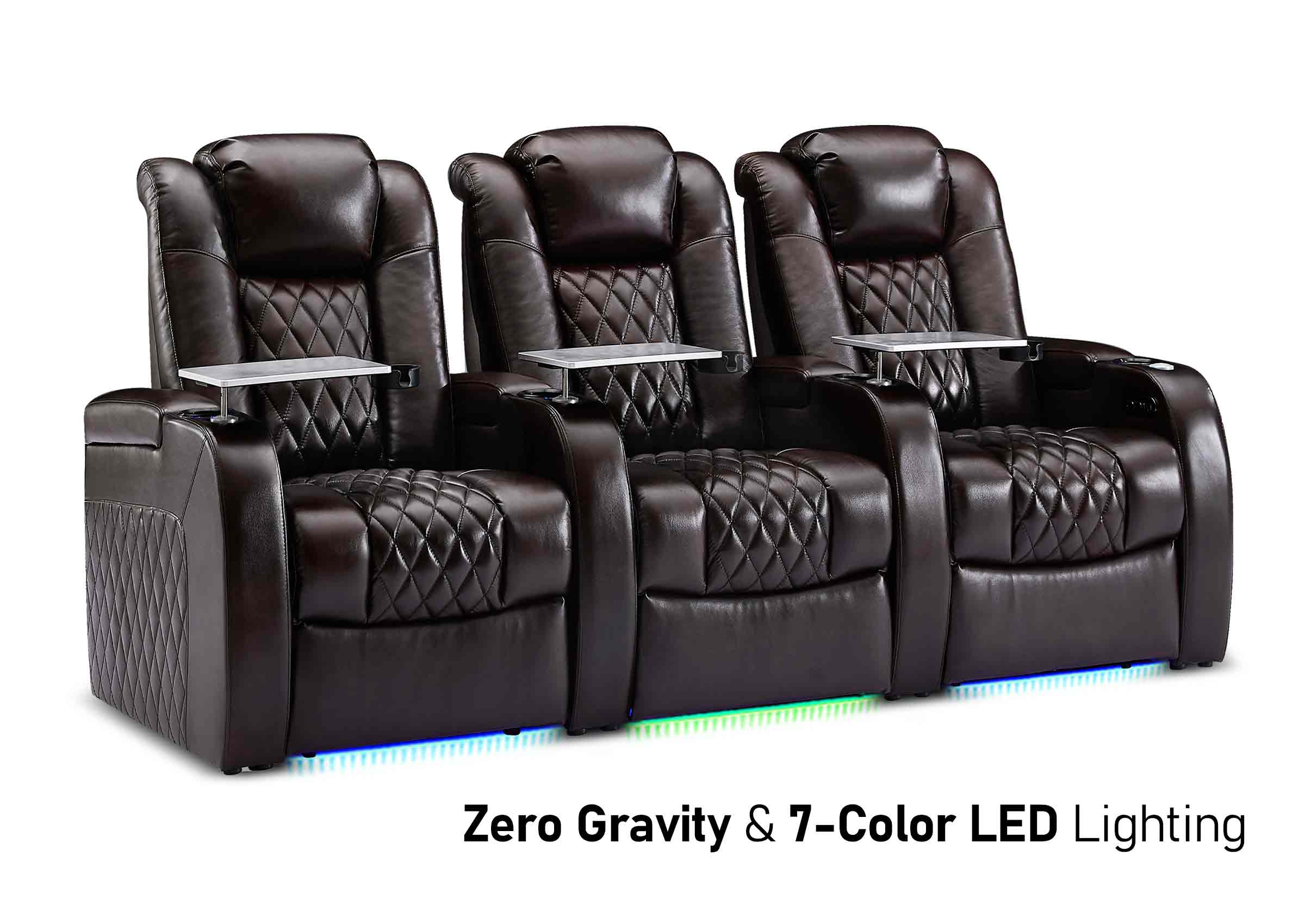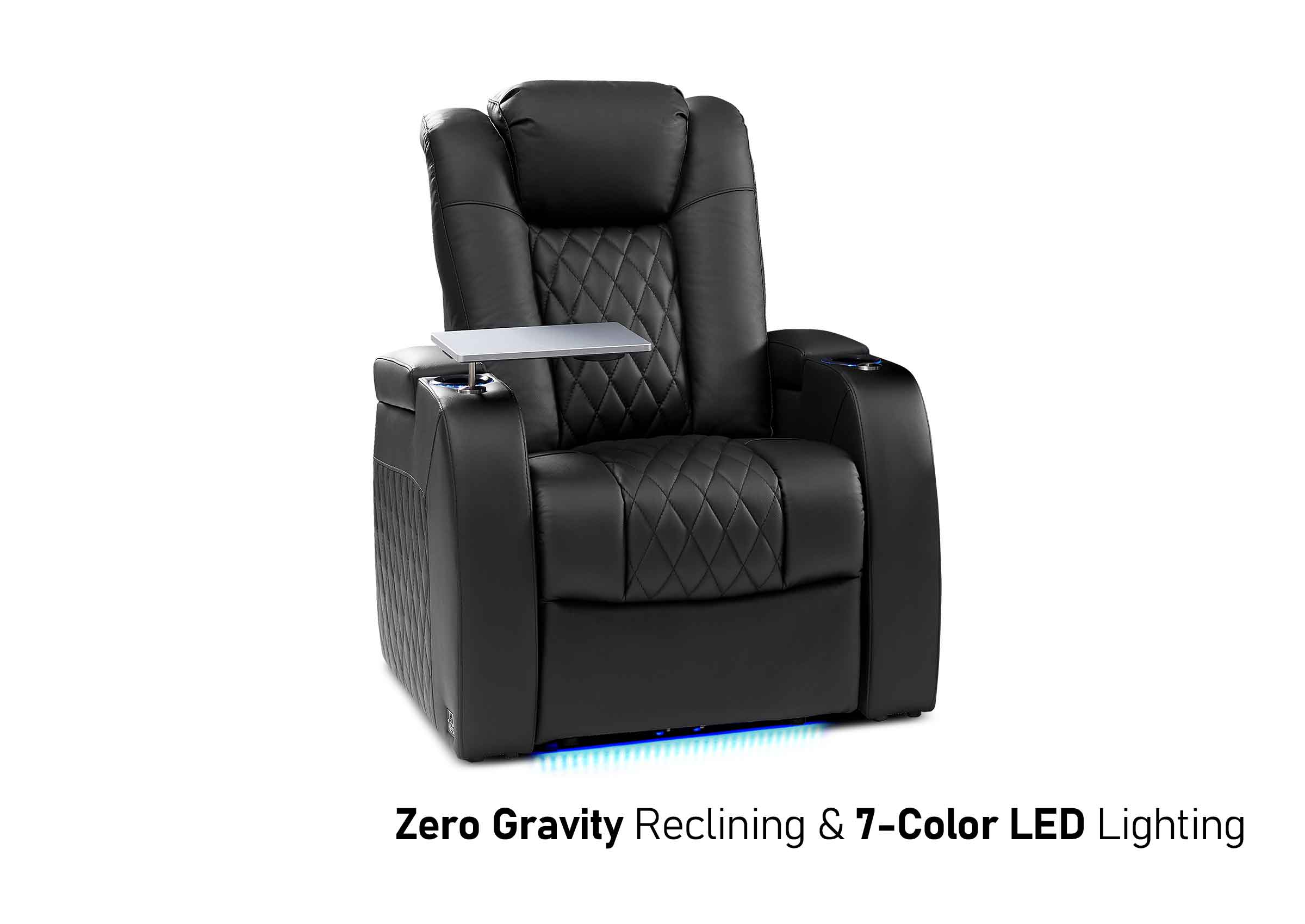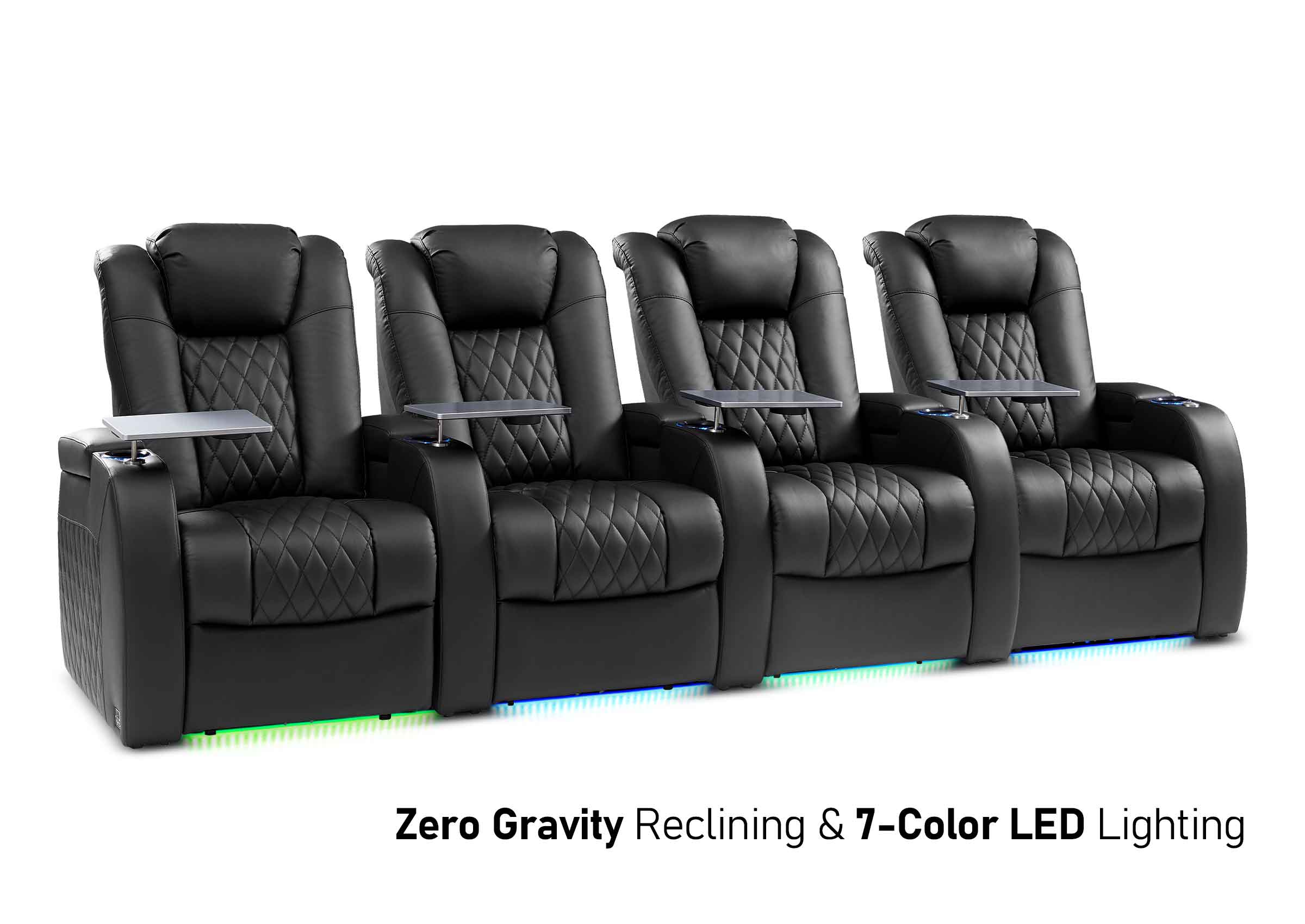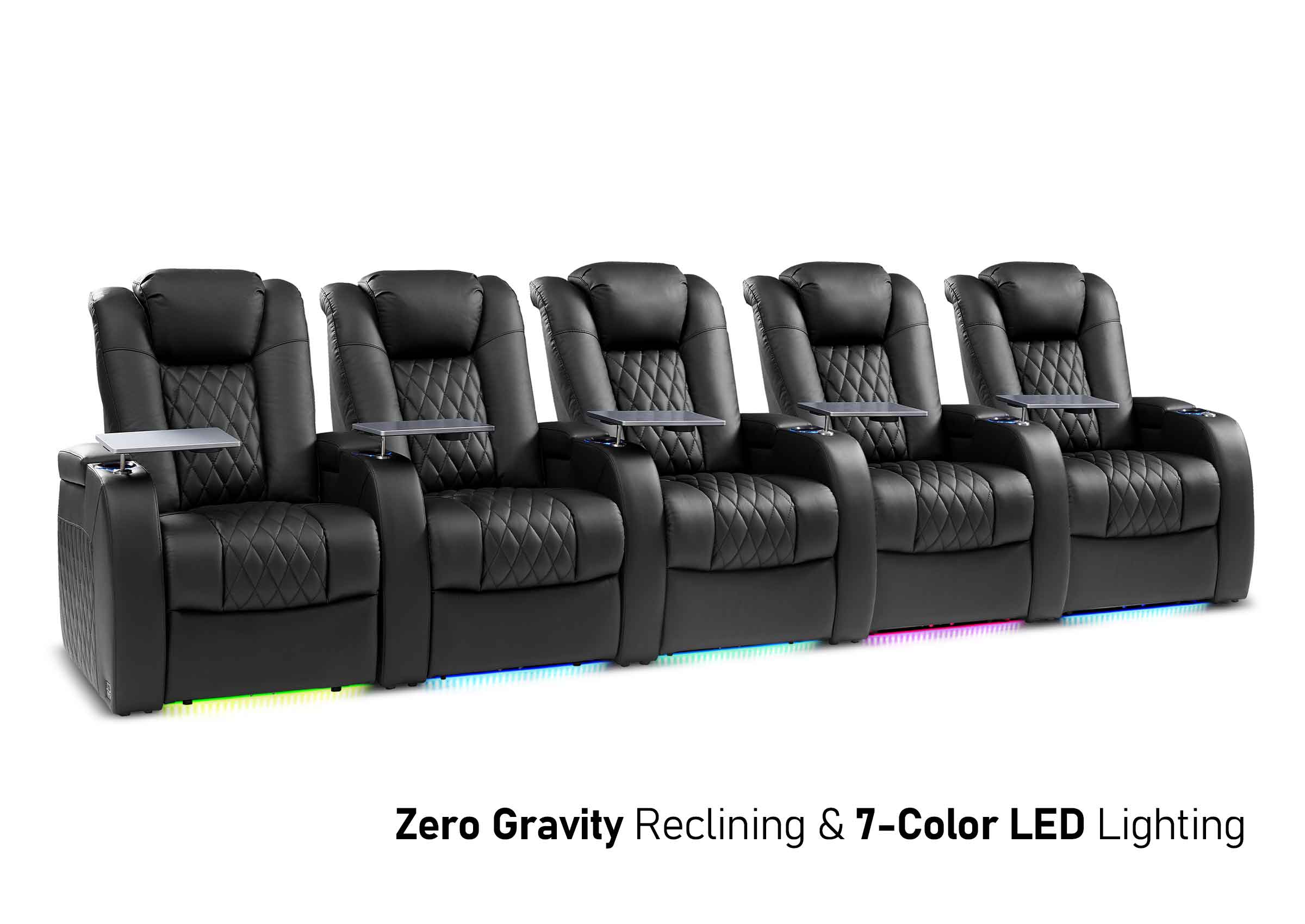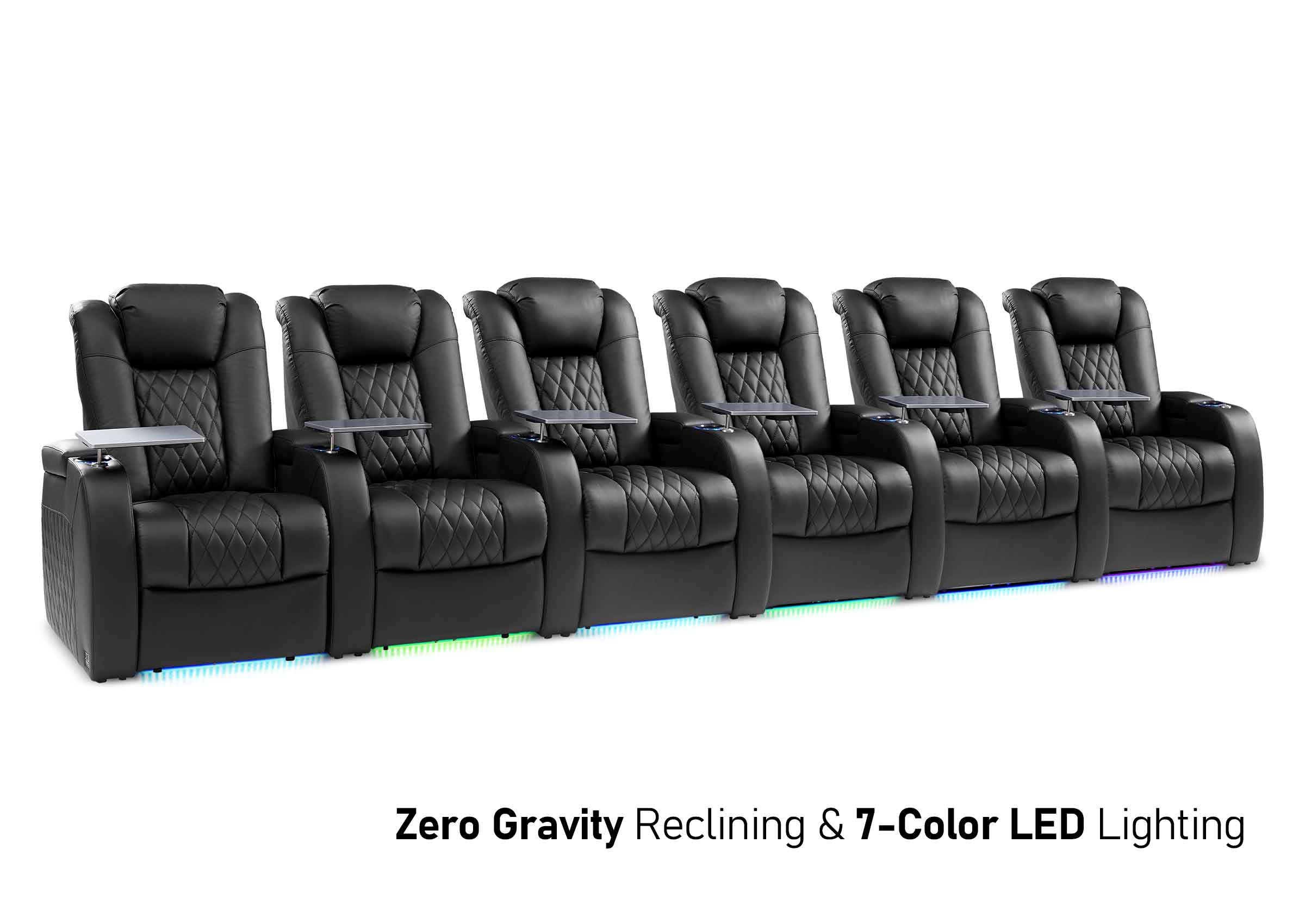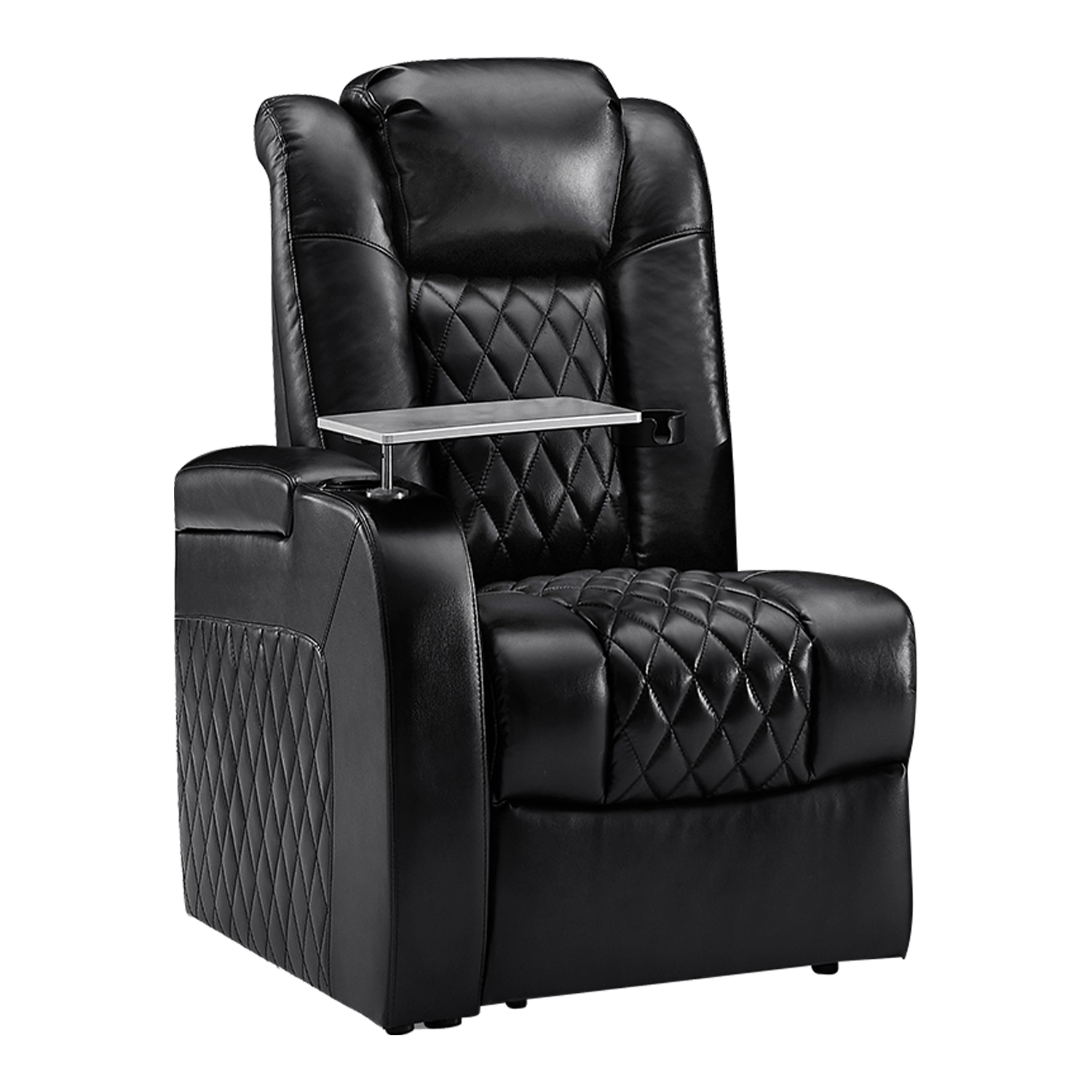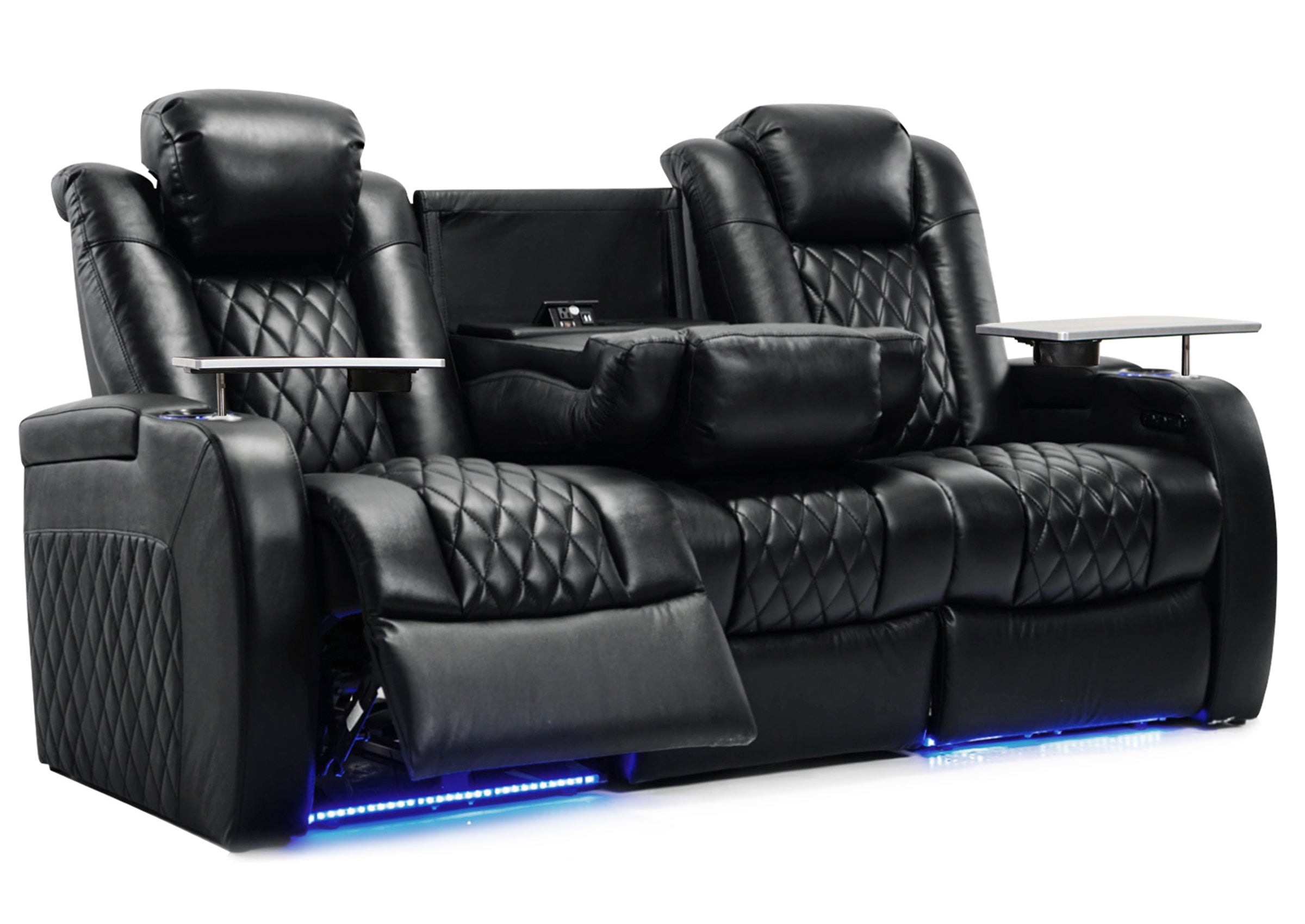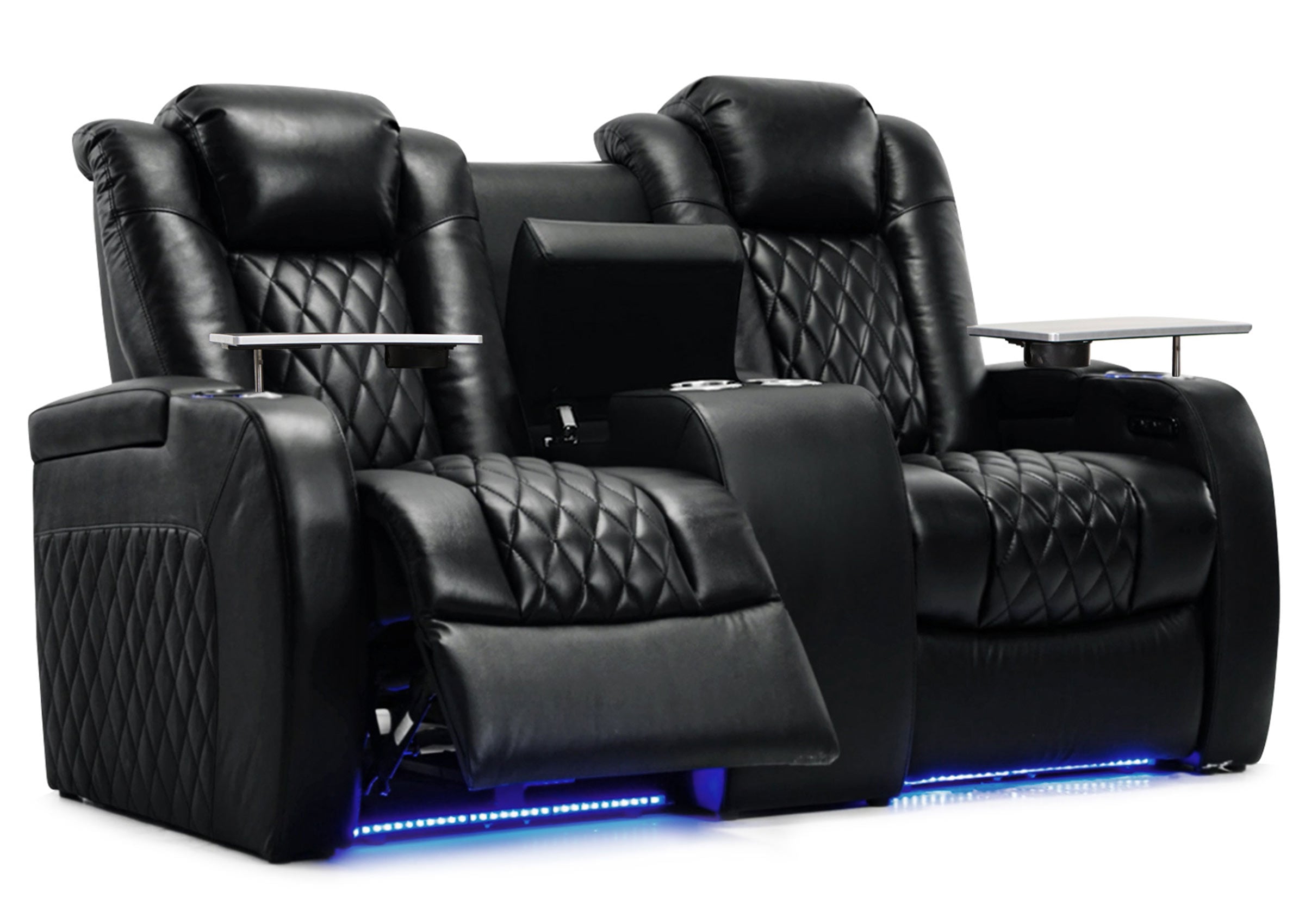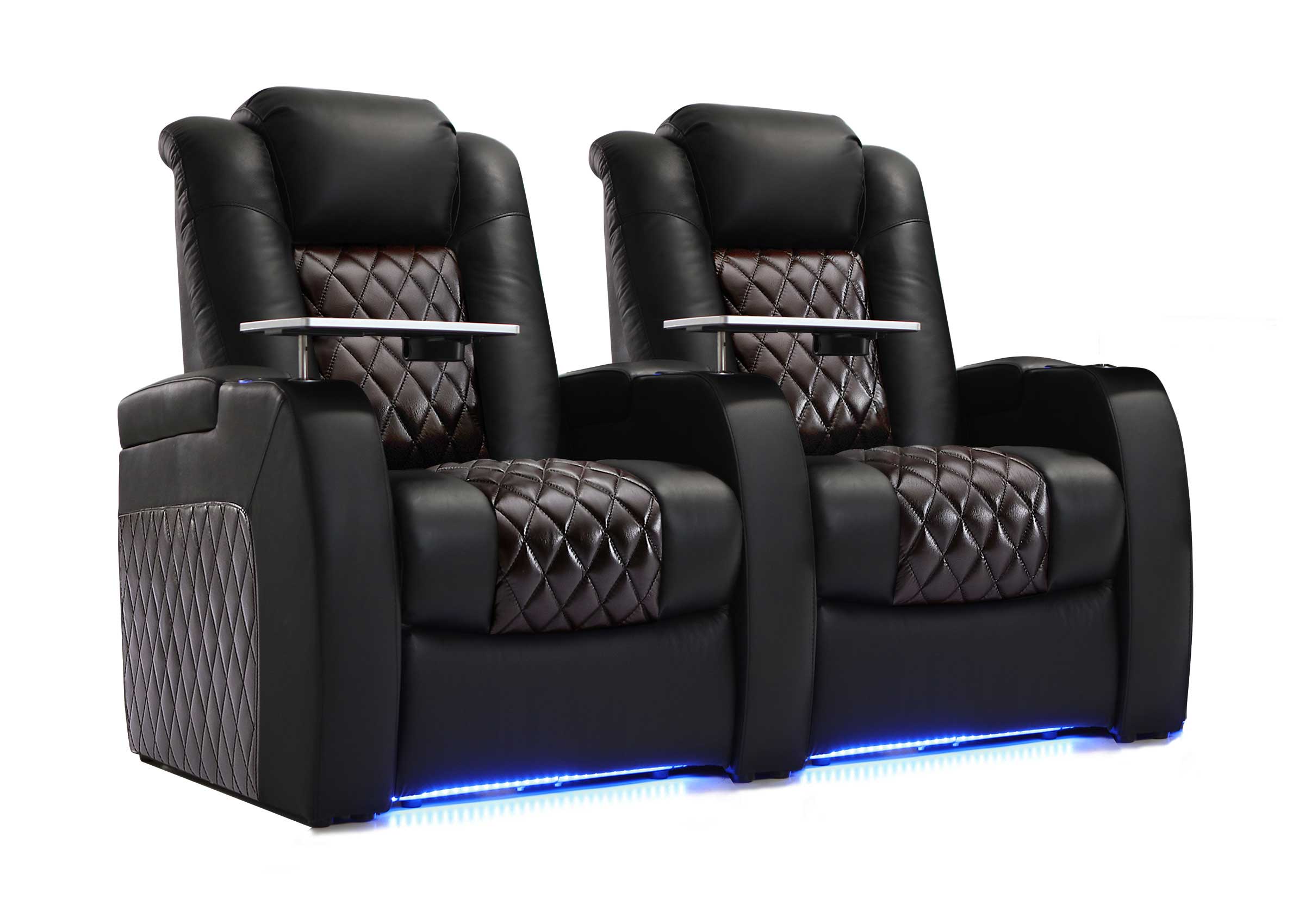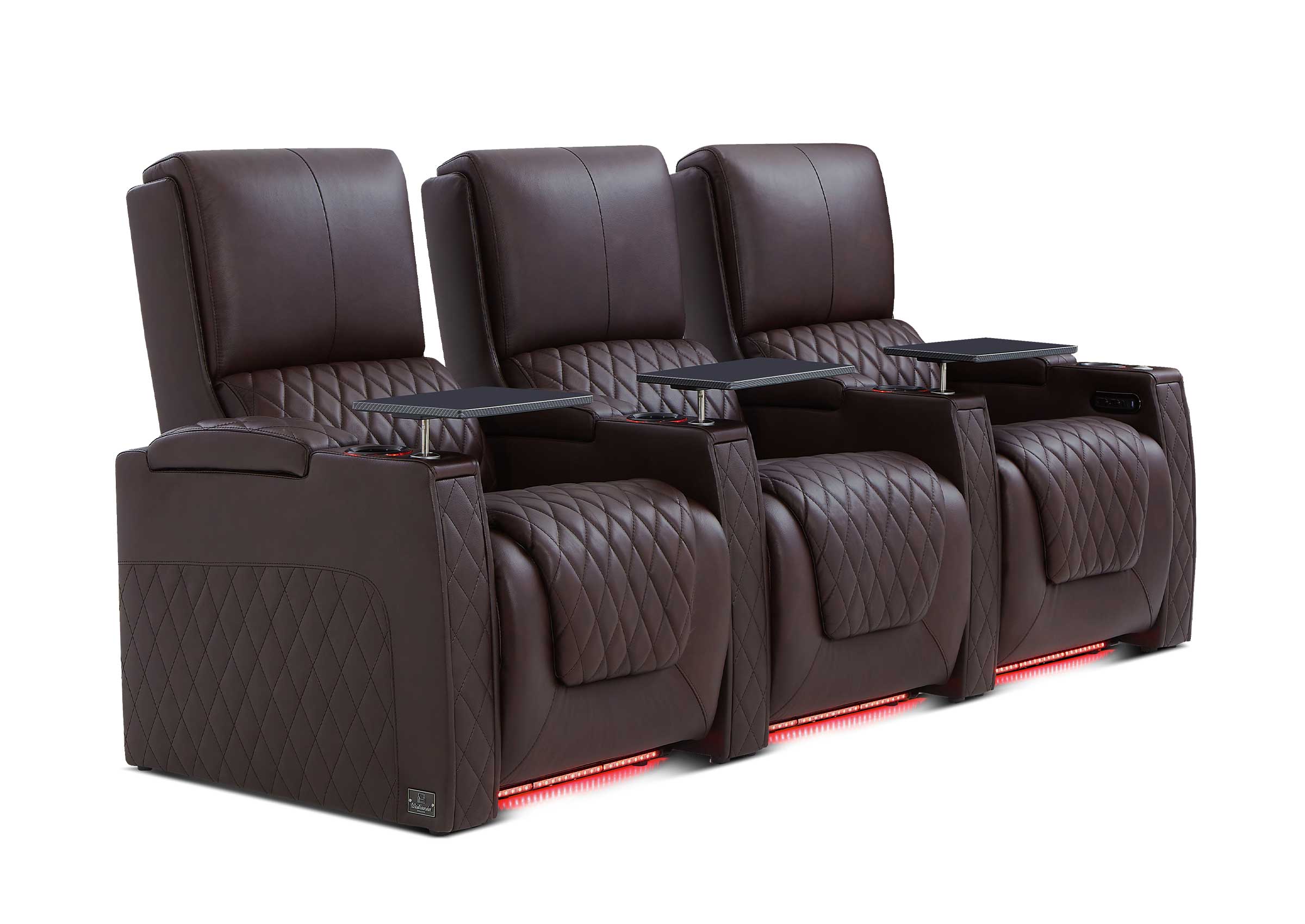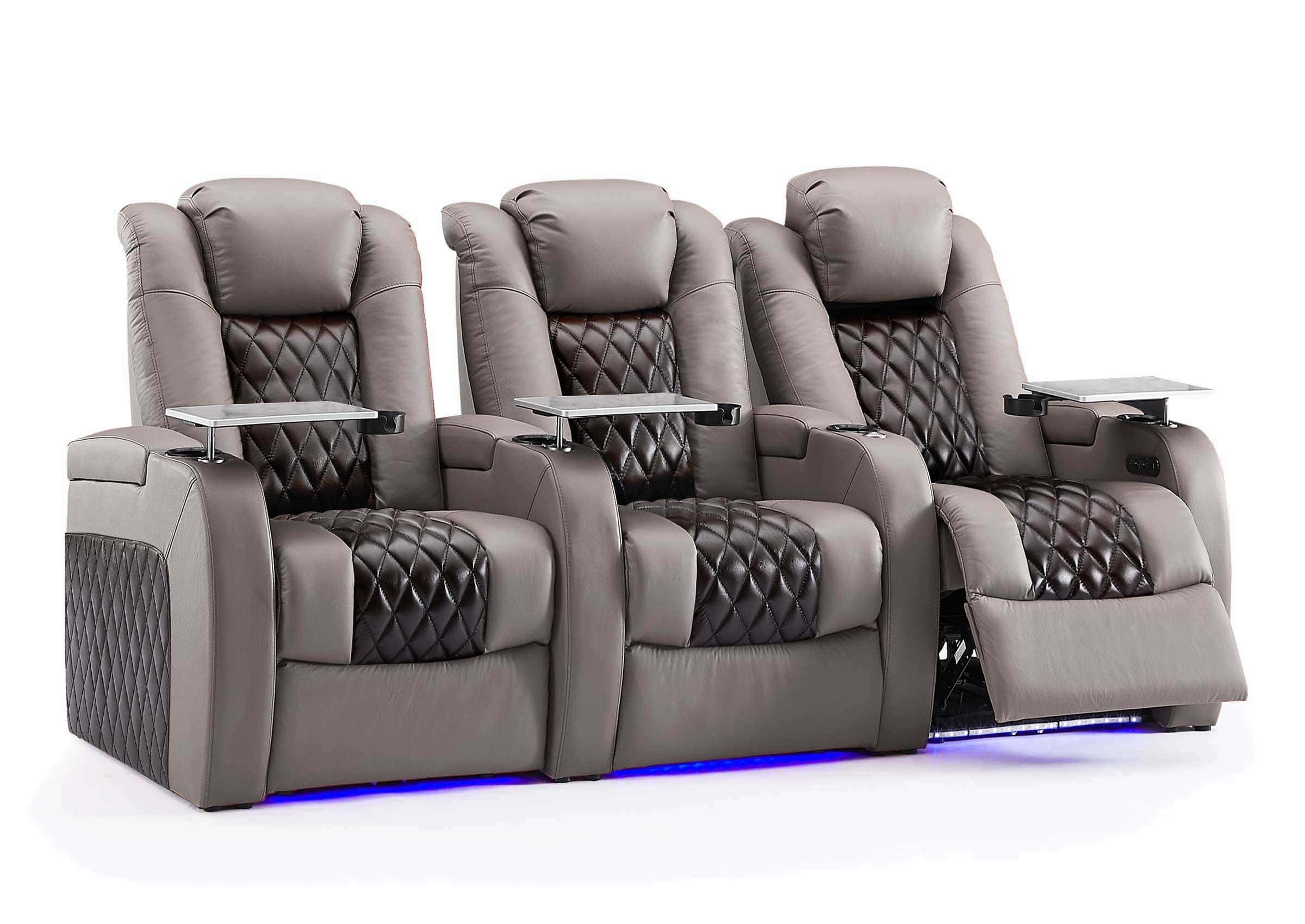
When you plan to create a perfect home theater, the seat layout is a crucial consideration. Whether you want to enjoy the stunning effects of movies or have a joyful time with friends, a proper seat layout can bring you a more comfortable and immersive viewing experience. In this article, we will explore how to select and install suitable seats for your home theater to ensure you can get the best viewing effect and comfort. Whether it is single row or multi-row seats, we will reveal some tips and suggestions to help you build an amazing home theater seat layout.
The Importance of Seat Layout
A. Why Is Seat Layout A Key Element for Home Theaters
Seat layout plays a vital role in home theaters. A reasonable seat layout allows audiences to feel comfortable when watching movies, thus enhancing the viewing experience.
- The distance between seats should be moderate to avoid crowds.
- The height of seats should be aligned with the center of the screen for audiences to see the content clearly.
- The angle of seats should also be considered to prevent fatigue after long-time viewing.
B. How to Choose A Suitable Home Theater Seat Layout
Picking the right home theater seat layout demands considering space size, viewer count, and personal habits.
Seat Rows and Spacing
- Single-Row Layout: Position the main seat on the room’s center line, aligned with the screen’s axis. Leave at least 60 cm of passage space on either side for easy movement.
- Multi-Row Tiered Layout: Elevate each row by 15-20 cm for unobstructed views. Keep a front-to-back spacing of ≥ 80 cm for legroom.
Other Considerations
- Ensure sufficient between - seat distance to avoid overcrowding.
- Select the right number and type of seats (single, double, or loveseats) based on viewer count.
- Factor in personal habits like backrest, armrest preferences, and needs for adjustable headrests and footstools.
- Make sure the seats match the overall style and layout of the room.
Key Factors In Selecting Home Theater Seats
A. Comfort Is King: Choose Seats That Meet Personal Needs
When purchasing seats, comfort is undoubtedly the most important consideration. Since everyone has different physique, sitting habits and comfort needs, these factors should be fully considered when selecting seats.
- Understand whether the size of seats fits you. Overly large or small seats will affect comfort.
- Pay attention to the material and padding of seats. High-quality materials and proper padding can effectively relieve pressure and improve comfort.
- Try adjusting the height, backrest angle and armrest height of seats to find the most suitable sitting posture.
In summary, choose seats that meet personal needs to maintain comfort and health even with long sitting time.
B. Aesthetics and Functionality: Consider Appearance and Functionality of Seats
- The appearance of seats should conform to modern aesthetic concepts, while also considering the needs and preferences of different groups.
- The functionality of seats is also very critical, such as comfort, adjustability, durability and so on.
Only by taking both aspects into account can aesthetically pleasing and practical seats be designed.

Seat Materials and Quality
A. Explore Different Seat Material Options and Choose Corresponding Wood, Metal or Other Materials to Build Seats
When exploring seat material options, we can find that various woods, metals and other materials have brought abundant choices for seat design. Wooden seats are popular for their natural texture and warmth, suitable for traditional or modern home styles. Metal seats have durability and modernity, fitting industrial styles or contemporary minimalist decoration. And other materials like plastic, fabric and leather also have unique characteristics and applicable scenarios, which can be chosen based on personal preference and needs.

B. Understand the Importance of Home Theater Seat Quality and How to Judge It
The importance of home theater seat quality goes without saying. A comfortable, ergonomic seat can greatly enhance the viewing experience and reduce physical fatigue caused by long-time viewing. Therefore, when purchasing home theater seats, attention should be paid to aspects like materials, design, functions to ensure seat quality and comfort. Additionally, knowing how to judge seat quality is also very important. It can be evaluated by checking the brand, reputation, after-sales service of seats and so on. In summary, choosing high-quality home theater seats will bring you a more pleasant viewing experience.

Seat Layout Skills
A. Single Row and Multi-Row Home Theater Seats: Suitable for Different Venues and Needs
Single row and multi-row home theater seats have their own advantages, suitable for different venues and needs. Single row seats are fit for small viewing spaces like bedrooms and studies. They take up less space and are easy to install with relatively lower prices. While multi-row seats are suitable for large viewing spaces like living rooms and home theaters. They can accommodate more people and provide a more comfortable viewing experience. In addition, the position of seats in multi-row design can be adjusted based on personal preference to meet the viewing needs of different audiences. Therefore, when choosing home theater seats, factors like venue size, budget and personal preference should be fully considered to purchase the most suitable seats.
B. Consider Visual and Sound Effects: Ensure Each Seat Gets the Best Experience
In terms of visual and sound effects, we need to make sure that each seat gets the best viewing experience. This includes comfort adjustment of seats and optimization of audio equipment. We can provide different types and sizes of seats based on audience needs to meet their comfort requirements. At the same time, we also need to ensure that audio equipment can produce clear and authentic sound effects for audiences to immerse themselves better in movies or performances. Through these measures, we can provide audiences in each seat with a unique and memorable audio-visual experience.

Installation Steps and Precautions of Seats
A. Measure and Plan: Ensure Seat Layout Meets Space Requirements
First, you need to measure the size and shape of the room. You need to know the width, length and height of the room. You also need to determine the desired height and angle of the seats. Once you know the dimensions of the room, you can start designing the seat layout. You need to consider the number, size and position of seats. You also need to ensure good sight lines to the screen from each seat. To take the guesswork out of your measurements, you can use a TV viewing distance calculator to find the optimal spot for your seating.

B. Install and Adjust: Ensure Seats Are Sturdy and Meet Personal Preferences
After purchasing seats, first, read the installation instructions carefully and follow the steps. Make sure seats are firmly installed in place, you can use a wrench or other tools to secure them. In addition, seats can be adjusted in angle and height based on personal comfort needs. For example, tilt the seat backward for better support and comfort. In summary, proper installation and adjustment of seats can provide a better driving experience and safety.
The best home theater seating manufacturers use biomechanical ergonomics like lumbar support, powered headrests and high-density foam to ensure that no matter your body type, the home theater chair, recliner, sofa or sectional is able to adjust and mold to every body type.

FAQ:
- Will the layout of home theater seats affect the viewing experience?
Yes, the layout of home theater seats does affect the viewing experience. A reasonable layout allows audiences to feel comfortable when watching movies and immerse better in them. Firstly, seats should be placed away from walls to avoid blocking sight lines. Secondly, the distance between seats should be moderate to avoid overcrowding or sparseness. In addition, some adjustable seats can be set up based on personal preferences to meet the needs of different audiences. In summary, a proper home theater seat layout can provide a better viewing experience.
- How will the material of home theater seats affect the viewing experience?
The material of home theater seats has a big impact on the viewing experience. Firstly, comfortable materials allow audiences to maintain comfortable postures during long periods of viewing, reducing pressure on the neck, back and waist. Secondly, the surface material of seats affects the visual experience of audiences. High-quality leather or fabric can present more authentic colors and picture details for better immersion. Besides, breathability and wear resistance of seats are also important factors affecting the viewing experience. Premium materials ensure seats do not wear or deform easily during use while maintaining good ventilation to prevent sweating and discomfort due to prolonged viewing. Therefore, the impact of seat materials on viewing experience should be fully considered when selecting home theater seats.
- How to balance the comfort and functionality of home theater seats?
When purchasing home theater seats, comfort and functionality are two important considerations. Comfort mainly refers to the ergonomic design of seats including the softness/firmness levels of cushions, backrests and armrests, as well as factors like height, width and depth. Functionality mainly refers to space layout, including whether there is sufficient legroom and headroom, and whether seats can be conveniently adjusted in angles and positions. When purchasing, comfort and functionality should be comprehensively considered based on personal height, weight and preference, as well as space layout to find an optimal balance.
- Should home theater seat layout be determined based on the size of home theater?
Yes, home theater seat layout should be determined based on the size of the home theater. When setting up a home theater, comfort and functionality of the viewing space need to be considered first. Therefore, when choosing a seat layout, it should ensure all audiences can comfortably watch the screen from seats. In addition, the space between seats and the distance between audiences and screen need to be considered











